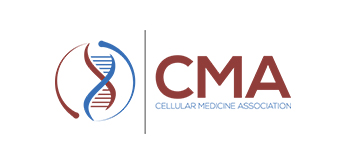Hair Restoration
How does hair loss generally appear?
It is normal to lose between 50 and 100 hairs every day. Although it happens regularly, it is not something noticeable because new hair strands keep growing while others fall. It is not until the hair that is lost is not replaced by a new one that hair loss starts to be perceptible.
Hair loss presents itself in different ways depending on the cause. Also, it can happen slowly or suddenly and can affect just the hair on your head or in your entire body. You may have noticed hair loss in any of these ways:
A Steady Thinning That Starts on the Top of Your Head
As the most common hair loss, this type affects people as they age. While women generally have a broadening of the part in their hair, in men it starts with their hairline at the forehead beginning to recede.
Patchy Bald Spots
In these cases, the hair loss looks like circles of bald areas that may also appear in the beard or eyebrows.
Spontaneous Loosening of Hair
Due to having experienced an emotional or physical shock, hair may come out when combed or washed or even while gently tugging at it. This type of hair loss tends to be temporary.
Hair Loss Throughout the Body
Medical conditions and treatments, such as when people undergo chemotherapy as part of their cancer treatment have the effect of ridding the body completely of hair. This type of hair loss is also temporary.
Scaling Patches on the Scalp
A sure sign of ringworm, this type of hair loss is in many cases accompanied by redness, swelling, oozing, and broken hair.
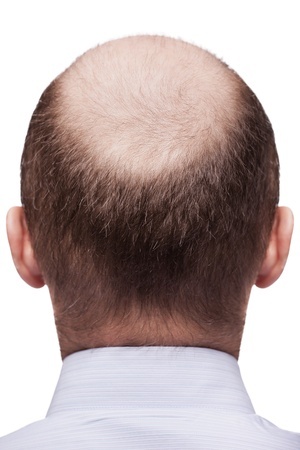
Make an Appointment with Your Doctor
If you suddenly notice patchy areas or the amount of hair strands on your hairbrush is much more abundant than normal, you should see a specialist. Your doctor will explore the situation and diagnose any conditions that may be present as well as recommend ways to deal with it. It’s also important to identify any underlying medical condition that might require treatment.
Are there any risk factors that increase your chances of suffering from hair loss?
Some factors may increase your risk of experiencing hair loss. Among them:
- Losing a significant amount of weight
- Suffering from stress
- Poor nutrition and eating habits
- Certain medical ailments such as lupus or diabetes
- Certain conditions such as ringworm, thyroid disease, or alopecia areata
- A family history of hair loss, whether on your mother’s or father’s side
- The aging process
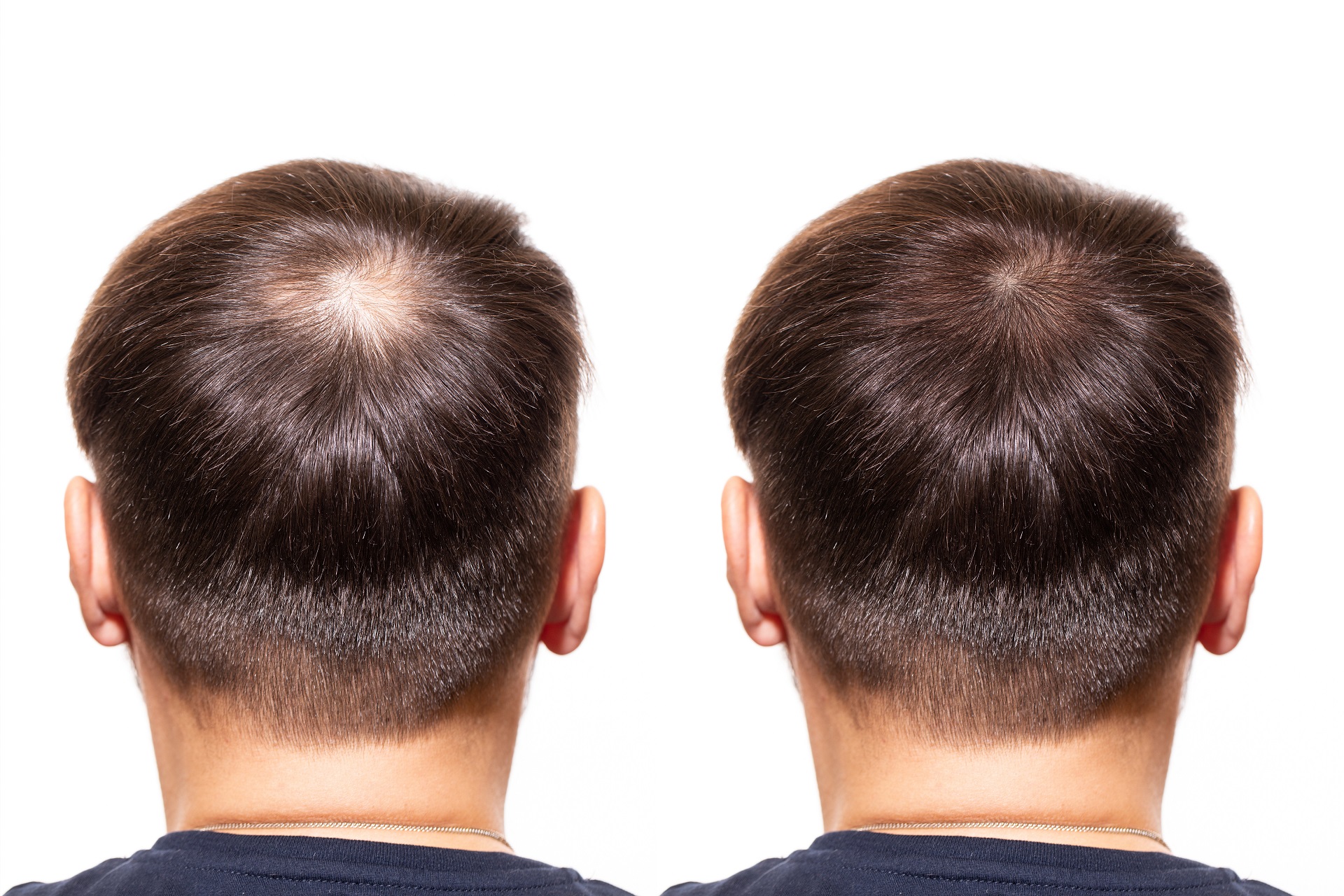
Is there anything you can do to prevent hair loss?
Avoid any type of hair loss that may be preventable. Here are some specific things you can do:
Take Good and Gentle Care of Your Hair
Treat your hair as if it something valuable and irreplaceable. If needed, apply a detangler. Avoid tugging at it when it is wet. Gently comb your hair with a wide-toothed comb while wet.
Get Feedback on Your Medications and Supplements
Ask your medical professional if any medications or supplements you are taking have an adverse effect on your hair and if there is anything you can do to counteract it.
Treat Your Hair as You Do Your Skin
The sun and other sources of ultraviolet light will damage your hair. Stay away from them or wear a hat to avoid direct exposure.
Do Not Smoke
Some studies have revealed a direct link between smoking and baldness, particularly in men. Stop smoking and, if you do not smoke, don’t start.
Chemotherapy
If you are receiving chemotherapy, you understand how important it is to follow your treatment. However, you also want to continue living your daily life as fully as possible. Ask your doctor about using a cooling cap which can reduce the risk of losing your hair while undergoing chemotherapy treatments.
Before and After
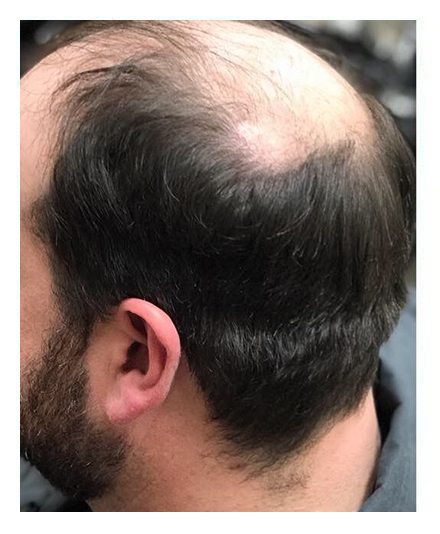
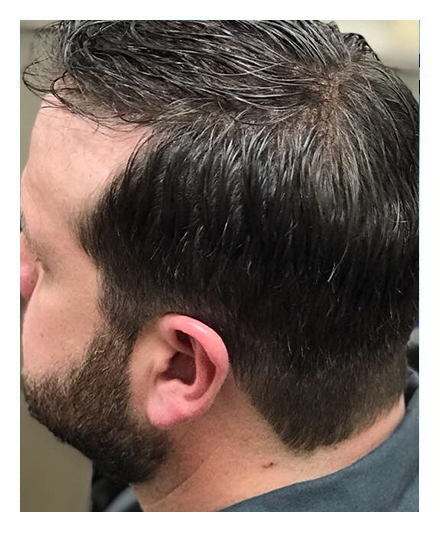
Hair Loss Treatments
If you have been faithfully taking care of your hair, following every single recommendation, and you are still unhappy with your hair or lack of it, the time may have come for you to have a serious talk with your doctor regarding possible treatments. Read on to find out what these are and what results in you can expect from each.
Your doctor may recommend you start on an over-the-counter minoxidil treatment. Applying a 5% minoxidil foam to your hair at bedtime every night and rinsing it out when you wake up may result in improved hair density. Keep in mind that, if you chose to take this path, you need to commit to it for a period of 6 to 12 months. It is important that you do not become impatient since it will take at least three months for you to start noticing whether there are any results. By applying it a few more months the results should be even easier to see. However, this is not a permanent solution in the sense that it will stop working as soon as you stop using it. Also, you need to keep in mind the possibility that your insurance will not cover this treatment.
It is important that you see your doctor because the underlying condition that is causing your hair loss may be an indication of something else that needs to be discovered.
And if you think minoxidil might not be for you, you may start by taking an easier approach such as using hair products that add volume, varying your hairstyle, coloring your hair. But no matter what you decide to do in the end, remember to always handle your hair with great gentleness and care.
Exosome Treatments
Regenerative medicine is one of the most exciting, fastest-growing fields in medicine today. It is the scientific process of creating living tissue from a patient’s own cells to replace or repair damaged cells in various areas of the body. It’s a form of cellular engineering and self-healing. A new frontier in regenerative medicine is exosome therapy.
Exosomes are the tiny structures that reside in cells and are released by stem cells to carry information to other cells during injuries. They also act as shuttles for proteins to other cells. Cell-to-cell communication is possible because of exosomes as they transport molecules in between cells near and far. They bring the necessary information from place to place with different purposes and functions telling cells when and how to react.
Exosome therapy is similar to stem cell therapy. Research with stem cells has shown the positive effects on tissue repair which can also be replicated when just the exosomes from these cells are used. Exosome therapy provides a systemic rejuvenation that enables the body to heal in an easier way. There are many ways exosome therapy can be used.
Hair Loss Treatment
While hair restoration typically means implants these days, exosomes could change that. With exosomes, you may be able to regenerate hair follicles. Research has shown that exosomes have a good deal of potential when it comes to re-growing hair that is no longer growing. This also would keep recovery time and side effects to a minimum.
Stem Cell Therapy (MSC)
RMT can stimulate your body’s own stem cells to proliferate and target damaged cells in your body to Repair or Replace them.
Medicinal Signaling Cells Stimulate the Healing within You.
Your body has the natural ability to heal itself with Medicinal Signaling Cells and their derivatives. As you get older, the amount of Medicinal Signaling Cells you have in your body is greatly reduced and is not as efficient. With the advancements in science over the past 20 years, Medicinal Signaling Cells have emerged as a key element of regenerative medicine therapies.
Medicinal Signaling Cells are the basis for human development and have several distinguishing characteristics.
Medicinal Signaling Cells have the ability to locate and signal where damage, injury, or inflammation is in your body. This signal then attracts other cell types (General Cytokines, Growth Factor Cytokines, Scaffolding Cytokines, and Homeostatic Cytokines) in your body which are the related growth factors needed for repair. These same Cytokines are also found with the Medicinal Signaling Cells. These properties enable your body to repair damaged tissue such as muscle, cartilage, ligaments, and tendons.
These various cytokines release certain proteins and growth factors that can be very helpful in controlling pain & inflammation in the body.
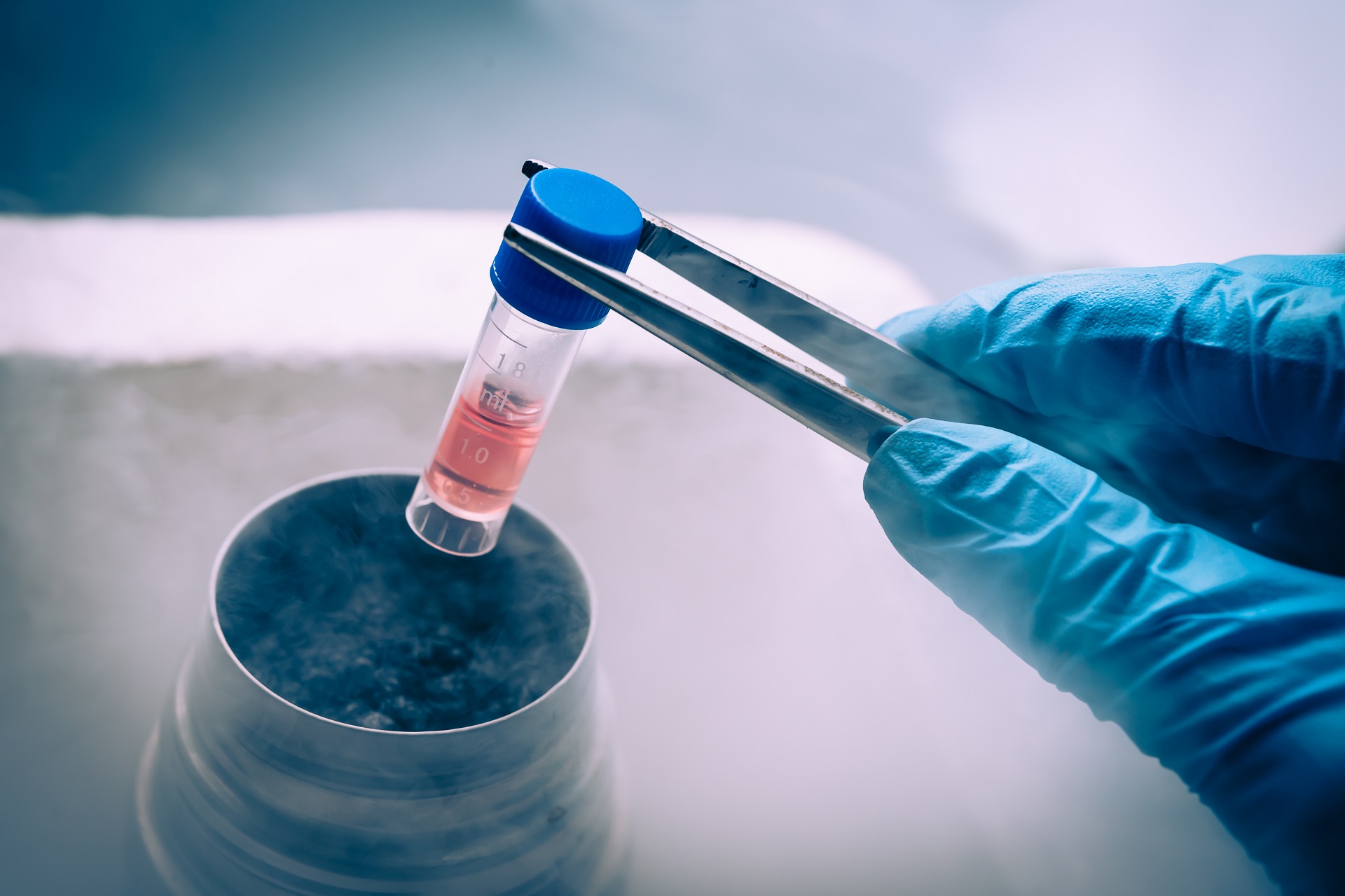
Platelet Rich Plasma (PRP)
Platelet-rich plasma is autologous (your body’s own) blood plasma with concentrated platelets. Typical concentrations of platelets in PRP are 5-10 times that found in the blood. Platelets are small disk-shaped cells within your blood that contain natural sources of growth factors, proteins, and cytokines that stimulate the healing of bone and soft tissues.
PRP is made of many different growth factors that are all products of blood-borne platelets. This conglomeration of growth factors provides numerous ways of assisting in cell repair, some of which include: decreasing inflammation, improving cell growth, and act as signals to the body’s immune system. Depending on the specific cytokines, numerous metabolic pathways that aid in cell recovery are activated.
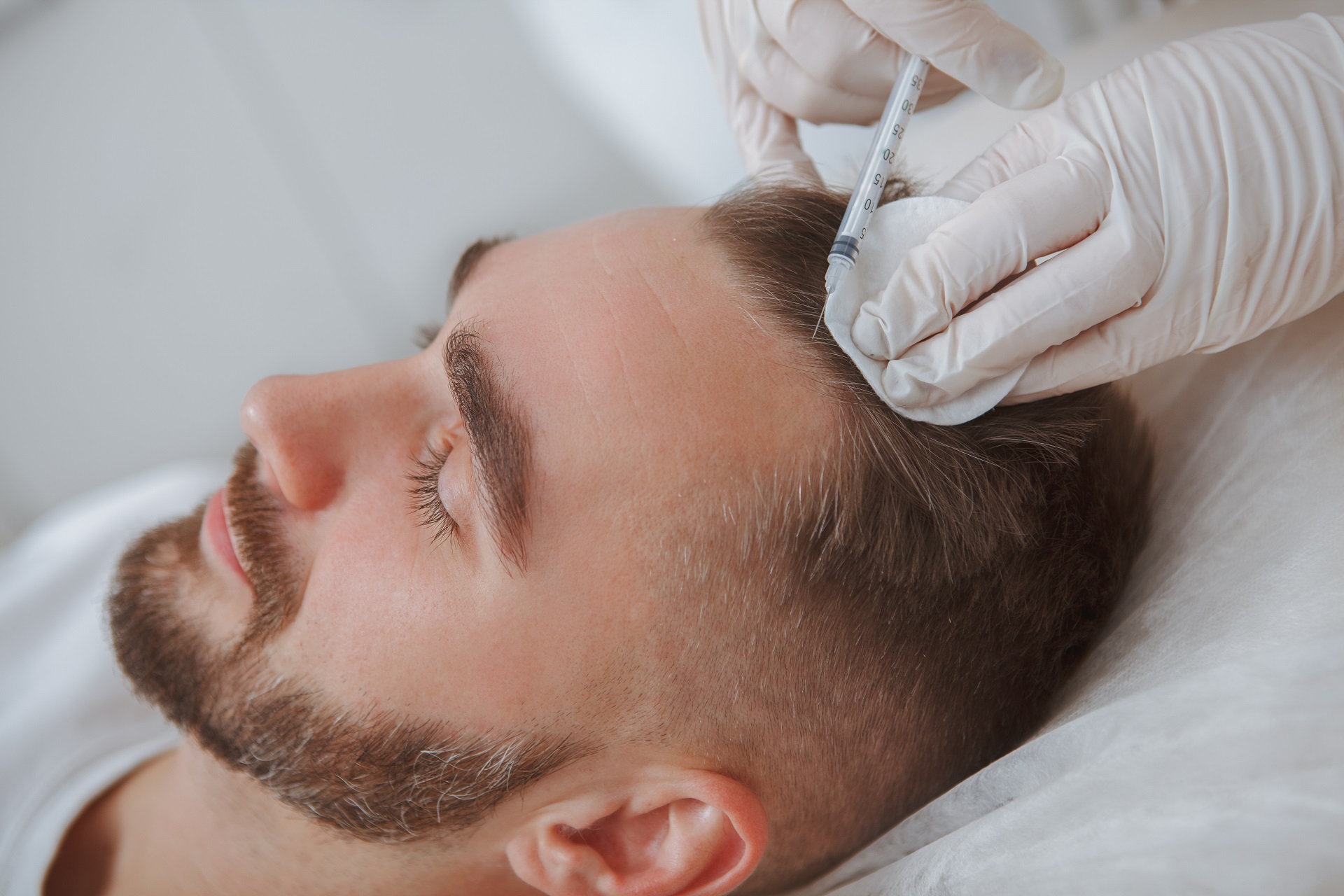
What Conditions are Treated with PRP?
PRP Platelet Rich Plasma Therapy can potentially treat a range of sports and acute injuries resulting in joint, tendon, and ligament pain. Soft tissue injuries are most responsive to PRP treatment. The following is a representative, non-exhaustive sample:
- Joint pain resulting from inflammation after an acute injury
- Chronic Degenerative Joint Disease
- Ligament and muscle injuries
- Tendonitis, e.g. tennis elbow and golfer’s elbow
- Early partial tendon tears
How is the Procedure Performed?
Because the plasma is from your own blood, there is no risk of infection or disease transmission. This is a completely natural way to heal your acute soft tissue injuries.
Draw Blood – We will draw your blood (approximately 60-120 cc’s) and use a multi-step centrifuge process to isolate the platelet-rich plasma.
Spin Blood In A Centrifuge – A centrifuge is a medical machine that will apply force to your blood by spinning. This causes the different cells in your blood to separate based on their unique densities.
Tailor the PRP Formula – We will tailor a custom PRP formula for you and your specific injury.
PRP Injection – The PRP is injected directly into the injured tissue under live-image guidance with ultrasound and/or fluoroscopy.
Combination Therapies
If you want to treat male-pattern baldness with prescriptions of OTC drugs, the FDA has approved these remedies. Keep in mind that they both may take up to a year to offer results and require that you keep taking them to maintain the new hair:
Finasteride
A prescription pill that you take every day.
Minoxidil
Which in this case would need to be applied either in liquid or foam twice a day to the scalp.
Hair Transplants
There are two popular methods used for hair transplants. To perform them, your doctor needs to harvest hair from an area that still grows it and move it to the area that needs it. Your doctor will sterilize and numb the area that will donate the hair but you may request to be sedated so that you can sleep through the entire procedure.
Your surgeon will discuss with you both procedures and, depending on the condition of your scalp and your remaining hair will decide to perform either follicular unit transplantation (FUT) or a follicular unit extraction (FUE). Here is how each one is performed:
Follicular Unit Transplantation
For FUT to be successful, the surgeon must remove a strip of skin from the back of your head that measures between 6 and 10 inches in length. Then, the area from which this skin has been removed is closed with stitches, and covered with gauze.
This strip of skin is separated into smaller sections with a scalpel. These smaller sections are called grafts and they can be so small as to contain only one hair each. The surgeon will now make tiny holes in your scalp and insert a graft. The procedure is repeated over and over.
Generally, the number of grafts you receive will depend on your type of hair, the size of the transplant area, your hair color, and the quality and thickness of your hair.
Follicular Unit Extraction
In this case, the surgeon will shave off hair from the back of your head. Then, individual follicles will be harvested from the skin of your scalp (you may see the tiny marks where the follicles were removed). The second phase is the same as with FUT and each graft is placed where needed.
What should you do after receiving your hair transplant?
First of all, it is important to know that these procedures may be performed in several hours in some cases and for several days in others. This depends on the amount that needs to be done. In any case, you may go home immediately after finishing the procedure.
Once the stitches are ready to come out, the gauze will be removed. If your doctor notices any swelling, triamcinolone might be injected to take care of it. It is likely that you will feel pain or soreness in the affected area. To deal with the pain you may take pain medications. Your doctor may also prescribe an antibiotic to avoid infections and anti-inflammatories to relieve swelling.
It is recommended that you do not wash your hair until a few days after the surgery and you should use the mildest shampoos during the first weeks. Although you should be able to go back to work in about three days, it is recommended that you do not exercise for at least a week, not wear hats or pullover sweaters until you get authorization from your doctor to do so, and don’t brush the grafts for about three weeks.
FAQs
To preserve the hair you have and grow new strands, turn to Minoxidil and commit to applying it every day for women and twice a day for men. It will take some months to show results but will keep working as long as you keep using it faithfully.
There are several actions you can take to stop or slow down hair loss. Among them:
- Add protein to your diet
- Take multivitamins and supplements such as vitamin A, D, and Biotin
- Use a mild shampoo
- Style your hair gently
- Avoid chemical treatments that may damage your hair
In order for hair to regrow the follicle should still work. If it has closed, is scarred, has disappeared, or has not generated hair in years it will be unable to allow hair to grow. But follicles that are intact may regrow hair, and if the hair they grow is thin, it may be possible to improve it.
No matter what problem you have with your hair, our team of experts at Med Smart Group has the solution for you. Make an appointment today to get started.





